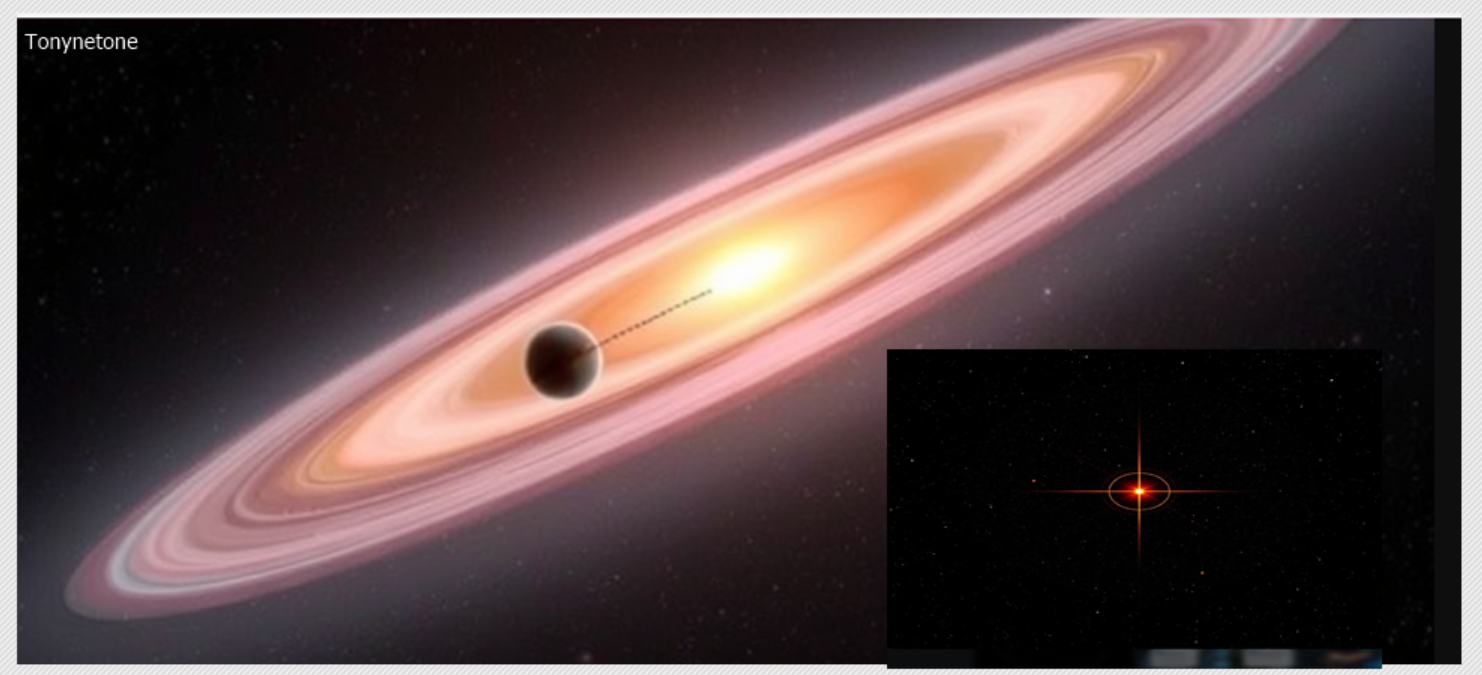Insurer Properly Sanctioned for Failure to Obey Court Order
It is Never Proper to Fail to Comply With Court Order
Post 4937
Read the full article at
https://www.linkedin.com/pulse/insurer-properly-sanctioned-failure-obey-court-order-barry-vefvc, see the full video at and at and at
https://zalma.com/blog plus more than 4900 posts.
Insurer Privilege Underwriters took its name too far trying to obtain privileges from the Arkansas Court of Appeals to which it was not entitled and acted contumaciously by disobeying the Circuit Court’s discovery order.
In Privilege Underwriters Reciprocal Exchange v. Brandon Adams, No. CV-23-474, 2024 Ark.App. 571, Court of Appeals of Arkansas, Division I (November 20, 2024) the circuit court granted appellee Brandon Adams’s motion to enforce court order and motion for sanctions, imposed a “sanction fee in the amount of $5,000” against appellant Privilege Underwriters Reciprocal Exchange (“Privilege”), and awarded Adams $2,500 in attorneys’ fees and costs under Arkansas Rule of Civil Procedure 37; denied Privilege’s motion for summary judgment; and denied Privilege’s motion for protective order, which sought to bar Adams from taking any depositions.
FACTS
In an insurance-coverage action in which Adams sued Privilege, his insurer, for failing to provide him a defense in a lawsuit filed against Adams and several other individuals and entities. Privilege answered Adams’s coverage complaint denying that it owed Adams a duty to defend the lawsuit and asserting a number of the subject policies’ exclusions as affirmative defenses to coverage.
Adams served written discovery on Privilege. Privilege responded with objections and inadequate responses to Adams’s discovery requests. Adams moved to compel Privilege to respond and produce documents and the Court of Appeals ordered Privilege respond and to pay Adams’s attorneys’ fees and costs in the amount of $2,000.
Privilege produced its supplemental interrogatory answers and supplemental privilege log on March 2, 2022 but did not comply with the circuit court’s discovery order.
Contrary to the court’s order Privilege refused to amend its privilege log, provide full and complete answers to Adams’s interrogatories, or produce any witnesses for deposition, and instead, Privilege moved for summary judgment.
Adams then filed his “Motion to Enforce Court Order and Motion for Sanctions and Incorporated Brief” on April 25, 2022.
On December 20, 2022, the circuit court held a hearing on Adams’s motion for sanctions and Privilege’s motions for summary judgment and for protective order. The circuit court announced that it would sanction Privilege for its failure to comply with the circuit court’s February 2022 discovery order. From the bench, the circuit court made specific findings that Privilege had failed to comply with the provisions of that order requiring Privilege to amend its privilege log to provide sufficient information to allow the circuit court and Adams to evaluate Privilege’s claims of attorney-client privilege and work-product protection and to fully answer Adams’s interrogatories.
TO ESTABLISH CONTEMPT
Generally, in order to establish contempt, there must be willful disobedience of a valid order of a court. Contempt is a matter between the court and the litigant, and not between the two opposing litigants. Before one can be held in contempt for violating the court’s order, the order must be definite in its terms, clear as to what duties it imposes, and express in its commands. Contempt is divided into criminal contempt and civil contempt. The standard of review on appeal depends on whether the contempt sanction was civil or criminal in nature.
The circuit court imposed a fine and fees that were to be paid to Adams. A contempt fine for willful disobedience that is payable to the complainant is remedial and therefore constitutes a fine for civil contempt.
Privilege refused to comply with a valid discovery order from the circuit court because Privilege disputed Adams’s entitlement to the discovery underlying that order. Instead, Privilege moved for summary judgment, attempting to render moot that prior discovery order. The circuit court rightly held Privilege in contempt for its willful disobedience of the circuit court’s February 2022 discovery order and imposed a fine of $5,000. Once the February 2022 discovery order was entered, Privilege was required to comply with that order, not question the propriety of that order or when Privilege should comply with it.
The circuit court was unequivocal in finding at the December 2022 hearing that it was sanctioning Privilege for its violation of the February 2022 discovery order. The circuit court then went on to explain that Privilege had disobeyed its February 2022 order by failing to provide contact information for the witnesses identified in response to Interrogatory No. 1 and by failing to provide a privilege log with sufficient information to allow the circuit court and Adams to evaluate the claim of attorney-client privilege and work-product protection.
Thus, the Court of Appeals held that the circuit court did not clearly err in holding Privilege in contempt. The circuit court had ample authority to use its contempt powers to enforce its February 2022 discovery order.
ZALMA OPINION
This order must be more than embarrassing to Privilege and to the insurance industry. Parties to litigation are not entitled to refuse to fulfill an order of the court. Regardless of the name of the insurer it had no special privileges and must fulfill the order to the letter and pay the sanctions including the extra sanctions placed by the Court of Appeals.
(c) 2024 Barry Zalma & ClaimSchool, Inc.
Please tell your friends and colleagues about this blog and the videos and let them subscribe to the blog and the videos.
Subscribe to my substack at
https://barryzalma.substack.com/subscribe
Go to X @bzalma; Go to Newsbreak.com
https://www.newsbreak.com/@c/1653419?s=01; Go to Barry Zalma videos at Rumble.com at
https://rumble.com/account/content?type=all; Go to Barry Zalma on YouTube-
https://www.youtube.com/channel/UCysiZklEtxZsSF9DfC0Expg
Go to the Insurance Claims Library –
https://lnkd.in/gwEYk
Insurer Properly Sanctioned for Failure to Obey Court Order
It is Never Proper to Fail to Comply With Court Order
Post 4937
Read the full article at https://www.linkedin.com/pulse/insurer-properly-sanctioned-failure-obey-court-order-barry-vefvc, see the full video at and at and at https://zalma.com/blog plus more than 4900 posts.
Insurer Privilege Underwriters took its name too far trying to obtain privileges from the Arkansas Court of Appeals to which it was not entitled and acted contumaciously by disobeying the Circuit Court’s discovery order.
In Privilege Underwriters Reciprocal Exchange v. Brandon Adams, No. CV-23-474, 2024 Ark.App. 571, Court of Appeals of Arkansas, Division I (November 20, 2024) the circuit court granted appellee Brandon Adams’s motion to enforce court order and motion for sanctions, imposed a “sanction fee in the amount of $5,000” against appellant Privilege Underwriters Reciprocal Exchange (“Privilege”), and awarded Adams $2,500 in attorneys’ fees and costs under Arkansas Rule of Civil Procedure 37; denied Privilege’s motion for summary judgment; and denied Privilege’s motion for protective order, which sought to bar Adams from taking any depositions.
FACTS
In an insurance-coverage action in which Adams sued Privilege, his insurer, for failing to provide him a defense in a lawsuit filed against Adams and several other individuals and entities. Privilege answered Adams’s coverage complaint denying that it owed Adams a duty to defend the lawsuit and asserting a number of the subject policies’ exclusions as affirmative defenses to coverage.
Adams served written discovery on Privilege. Privilege responded with objections and inadequate responses to Adams’s discovery requests. Adams moved to compel Privilege to respond and produce documents and the Court of Appeals ordered Privilege respond and to pay Adams’s attorneys’ fees and costs in the amount of $2,000.
Privilege produced its supplemental interrogatory answers and supplemental privilege log on March 2, 2022 but did not comply with the circuit court’s discovery order.
Contrary to the court’s order Privilege refused to amend its privilege log, provide full and complete answers to Adams’s interrogatories, or produce any witnesses for deposition, and instead, Privilege moved for summary judgment.
Adams then filed his “Motion to Enforce Court Order and Motion for Sanctions and Incorporated Brief” on April 25, 2022.
On December 20, 2022, the circuit court held a hearing on Adams’s motion for sanctions and Privilege’s motions for summary judgment and for protective order. The circuit court announced that it would sanction Privilege for its failure to comply with the circuit court’s February 2022 discovery order. From the bench, the circuit court made specific findings that Privilege had failed to comply with the provisions of that order requiring Privilege to amend its privilege log to provide sufficient information to allow the circuit court and Adams to evaluate Privilege’s claims of attorney-client privilege and work-product protection and to fully answer Adams’s interrogatories.
TO ESTABLISH CONTEMPT
Generally, in order to establish contempt, there must be willful disobedience of a valid order of a court. Contempt is a matter between the court and the litigant, and not between the two opposing litigants. Before one can be held in contempt for violating the court’s order, the order must be definite in its terms, clear as to what duties it imposes, and express in its commands. Contempt is divided into criminal contempt and civil contempt. The standard of review on appeal depends on whether the contempt sanction was civil or criminal in nature.
The circuit court imposed a fine and fees that were to be paid to Adams. A contempt fine for willful disobedience that is payable to the complainant is remedial and therefore constitutes a fine for civil contempt.
Privilege refused to comply with a valid discovery order from the circuit court because Privilege disputed Adams’s entitlement to the discovery underlying that order. Instead, Privilege moved for summary judgment, attempting to render moot that prior discovery order. The circuit court rightly held Privilege in contempt for its willful disobedience of the circuit court’s February 2022 discovery order and imposed a fine of $5,000. Once the February 2022 discovery order was entered, Privilege was required to comply with that order, not question the propriety of that order or when Privilege should comply with it.
The circuit court was unequivocal in finding at the December 2022 hearing that it was sanctioning Privilege for its violation of the February 2022 discovery order. The circuit court then went on to explain that Privilege had disobeyed its February 2022 order by failing to provide contact information for the witnesses identified in response to Interrogatory No. 1 and by failing to provide a privilege log with sufficient information to allow the circuit court and Adams to evaluate the claim of attorney-client privilege and work-product protection.
Thus, the Court of Appeals held that the circuit court did not clearly err in holding Privilege in contempt. The circuit court had ample authority to use its contempt powers to enforce its February 2022 discovery order.
ZALMA OPINION
This order must be more than embarrassing to Privilege and to the insurance industry. Parties to litigation are not entitled to refuse to fulfill an order of the court. Regardless of the name of the insurer it had no special privileges and must fulfill the order to the letter and pay the sanctions including the extra sanctions placed by the Court of Appeals.
(c) 2024 Barry Zalma & ClaimSchool, Inc.
Please tell your friends and colleagues about this blog and the videos and let them subscribe to the blog and the videos.
Subscribe to my substack at https://barryzalma.substack.com/subscribe
Go to X @bzalma; Go to Newsbreak.com https://www.newsbreak.com/@c/1653419?s=01; Go to Barry Zalma videos at Rumble.com at https://rumble.com/account/content?type=all; Go to Barry Zalma on YouTube- https://www.youtube.com/channel/UCysiZklEtxZsSF9DfC0Expg
Go to the Insurance Claims Library – https://lnkd.in/gwEYk












